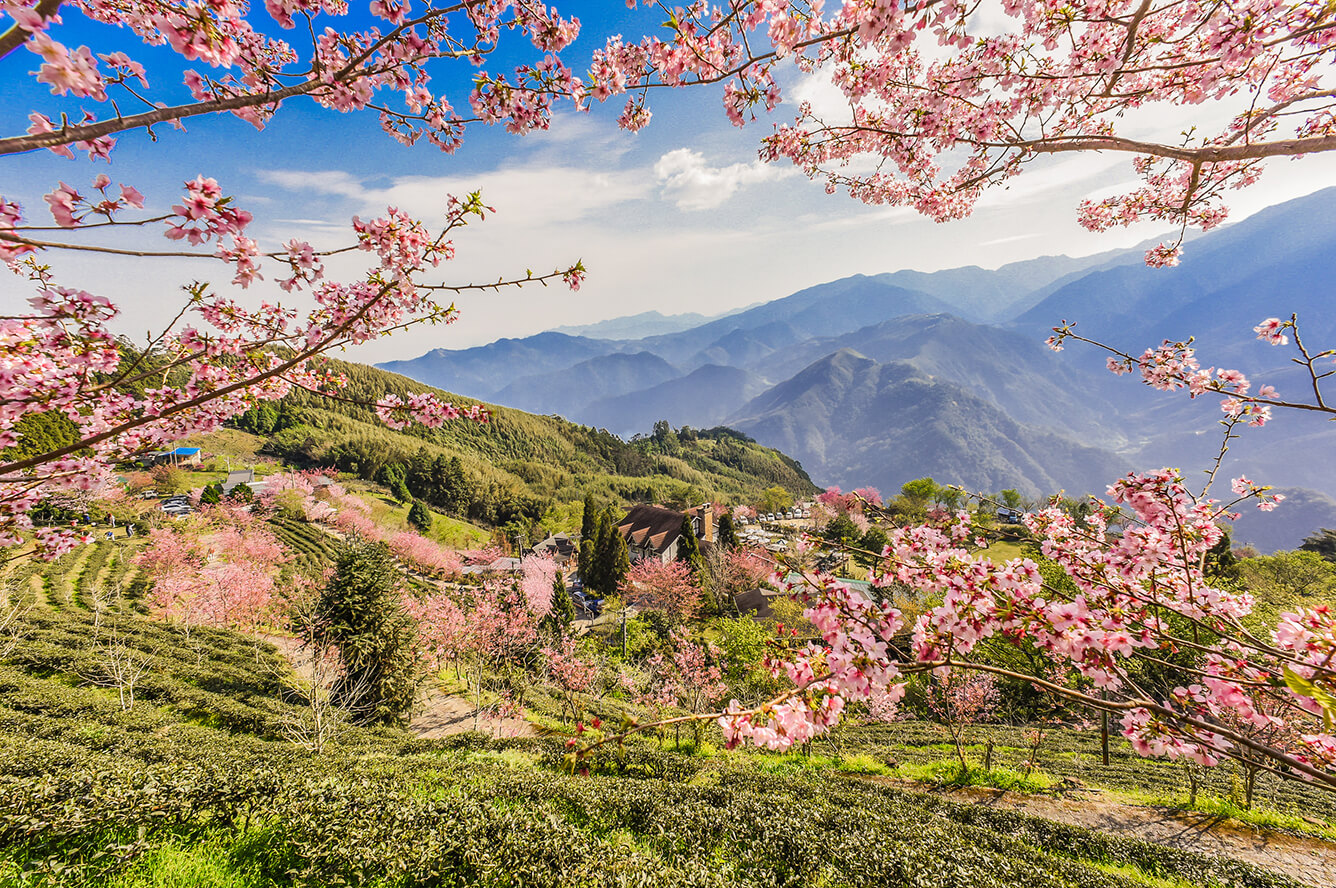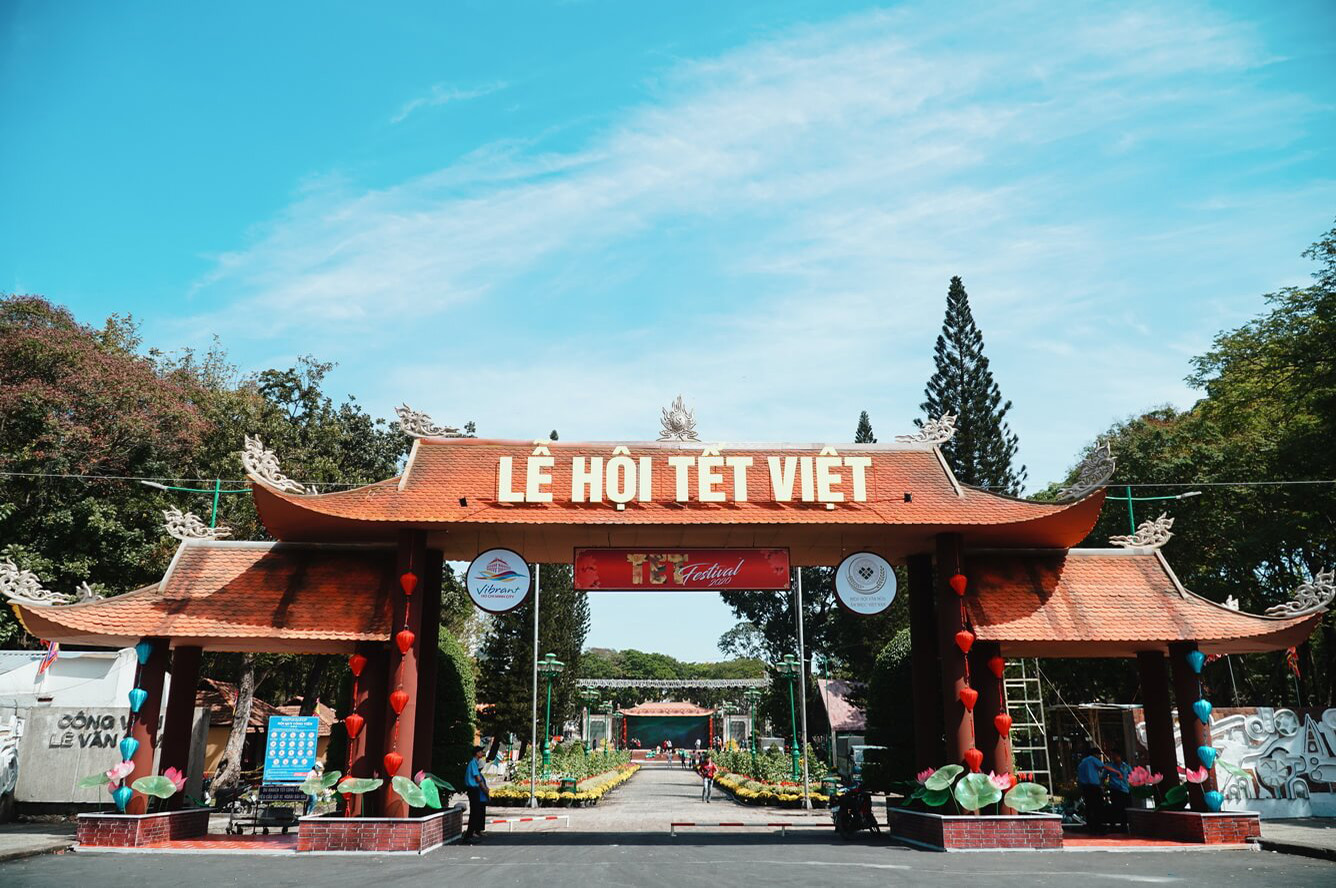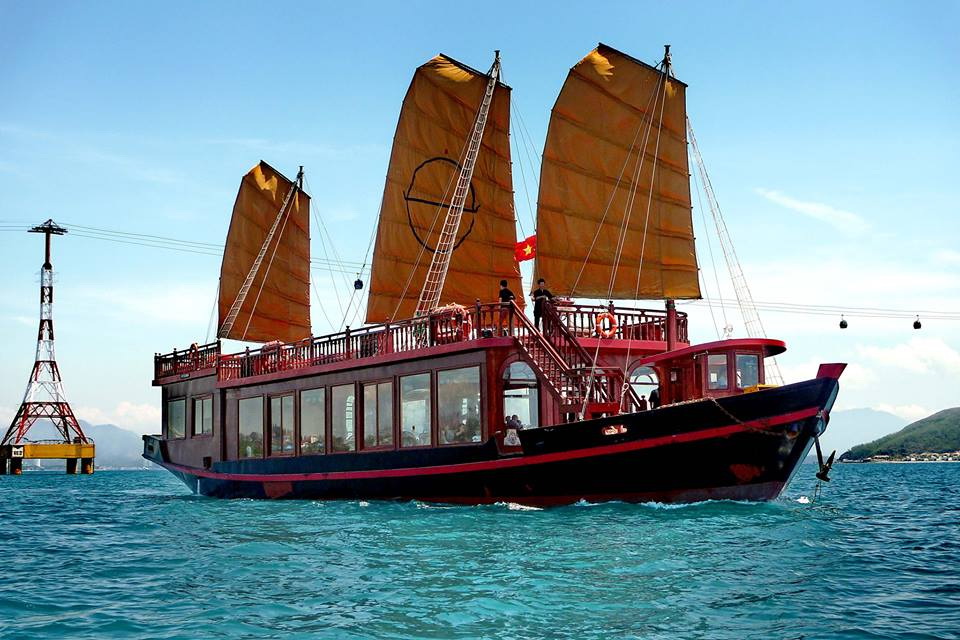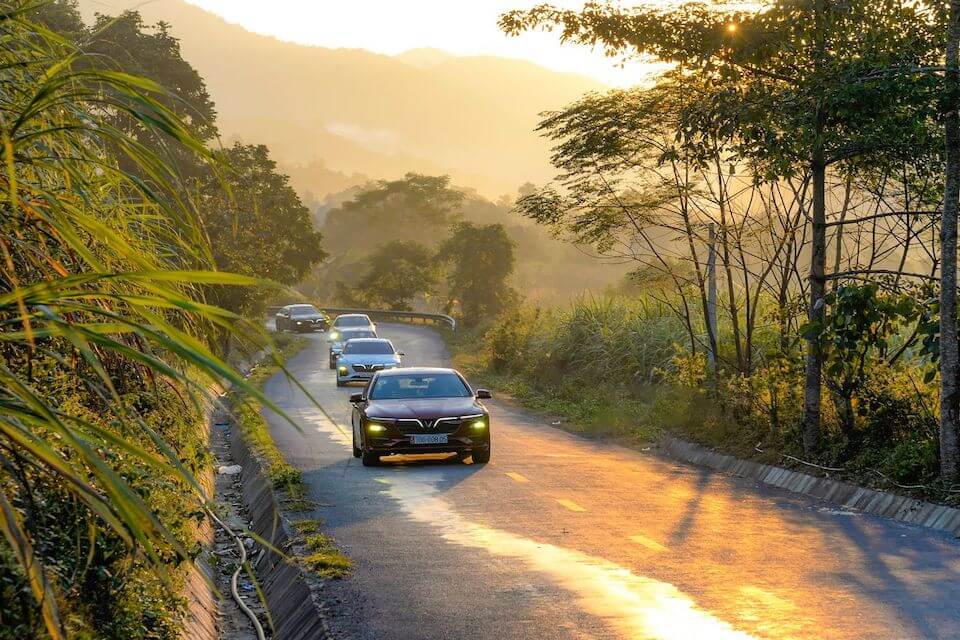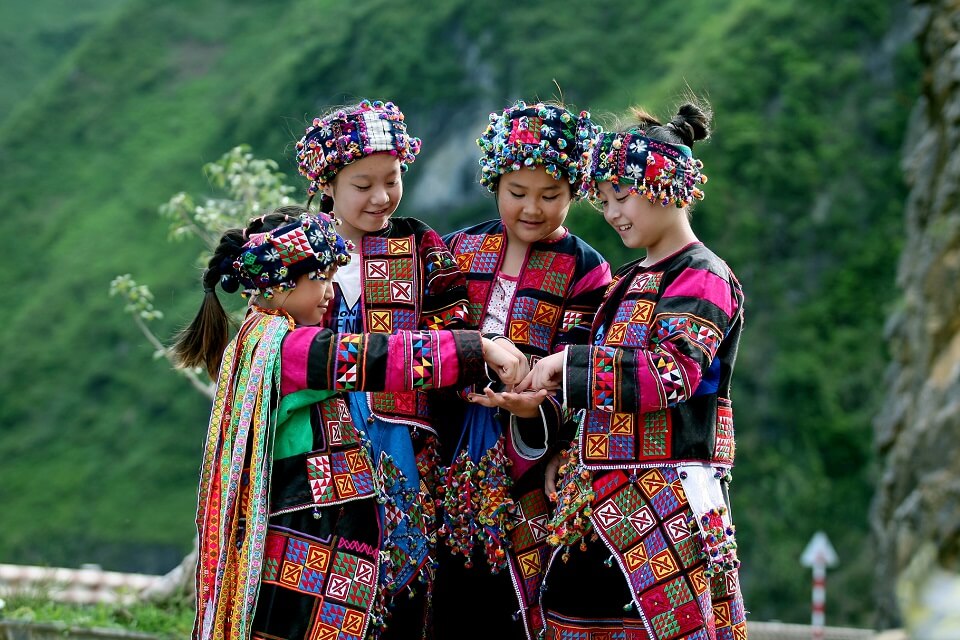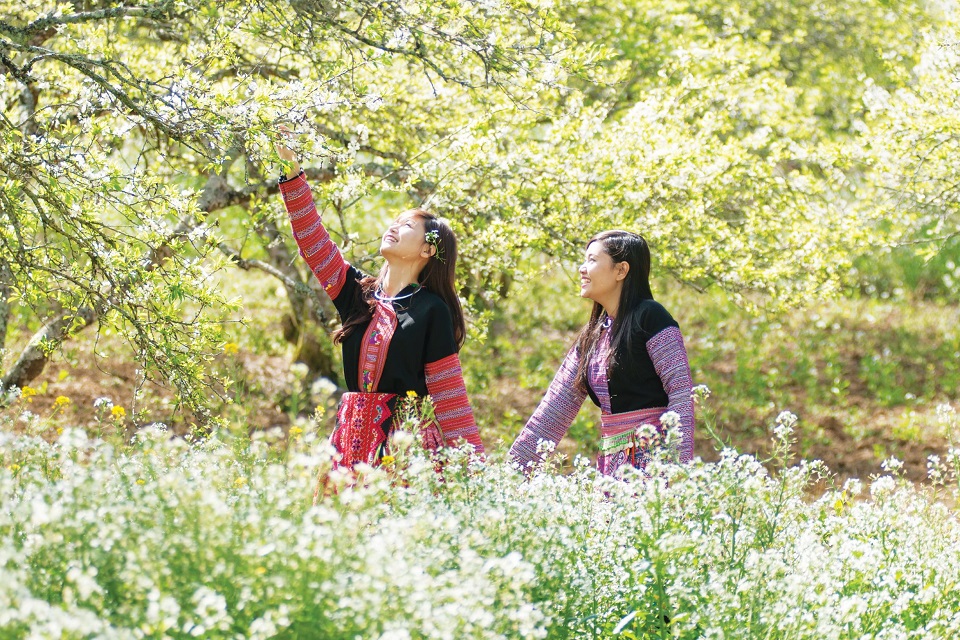Taj Mahal
Poet Rabindranath Tagore described it as 'a teardrop on the cheek of eternity'; Rudyard Kipling as 'the embodiment of all things pure'; while its creator, Emperor Shah Jahan, said it made 'the sun and the moon shed tears from their eyes'.
In total, some 20,000 people from India and Central Asia worked on the building. Specialists were brought in from as far away as Europe to produce the exquisite marble screens and pietra dura (marble inlay work) made with thousands of semiprecious stones.
The Taj was designated a World Heritage Site in 1983 and looks nearly as immaculate today as when it was first constructed – though it underwent a huge restoration project in the early 20th century.
Note: the Taj is closed every Friday to anyone not attending prayers at the mosque.
The Taj can be accessed through the west, south and east gates. Tour groups tend to enter through the east and west gates. Independent travellers tend to use the south gate, which is nearest to Taj Ganj, the main area for budget accommodation, and generally has shorter queues than the west gate. The east gate has the shortest queues of the lot, but this is because the ticket office is inconveniently located a 1km walk away at Shilpgram, a dire, government-run tourist centre. There are separate queues for men and women at all three gates. Once you get your ticket, you can skip ahead of the lines of Indians waiting to get in – one perk of your pricey entry fee.
Cameras and videos are permitted but you can't take photographs inside the mausoleum itself, and the areas in which you can take videos are quite limited. Tripods are banned.
From the south gate, entry to the inner compound is through a very impressive 30m red-sandstone gateway on the south side of the forecourt, which is inscribed with verses from the Quran.
.lonelyplanet
• Inside the Grounds
Once inside, the ornamental gardens are set out along classical Mughal charbagh (formal Persian garden) lines – a square quartered by watercourses, with an ornamental marble plinth at its centre. When the fountains are not flowing, the Taj is beautifully reflected in the water.
The central Taj structure is made of semitranslucent white marble, carved with flowers and inlaid with thousands of semiprecious stones in beautiful patterns. A perfect exercise in symmetry, the four identical faces of the Taj feature impressive vaulted arches embellished with pietra dura scrollwork and quotations from the Quran in a style of calligraphy using inlaid jasper. The whole structure is topped off by four small domes surrounding the famous bulbous central dome.
Directly below the main dome is the Cenotaph of Mumtaz Mahal, an elaborate false tomb surrounded by an exquisite perforated marble screen inlaid with dozens of different types of semiprecious stones. Beside it, offsetting the symmetry of the Taj, is the Cenotaph of Shah Jahan, who was interred here with little ceremony by his usurping son Aurangzeb in 1666. Light is admitted into the central chamber by finely cut marble screens. The real tombs of Mumtaz Mahal and Shah Jahan are in a locked basement room below the main chamber and cannot be viewed.
Source Lonelyplanet

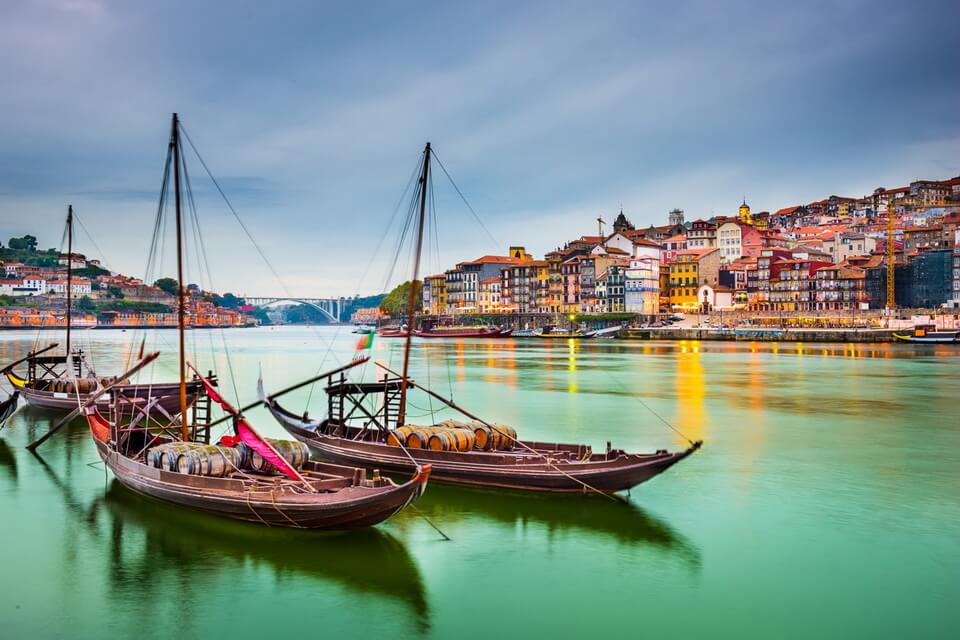
Benefits from investment for overseas settlement

New experiences for travel in Taiwan
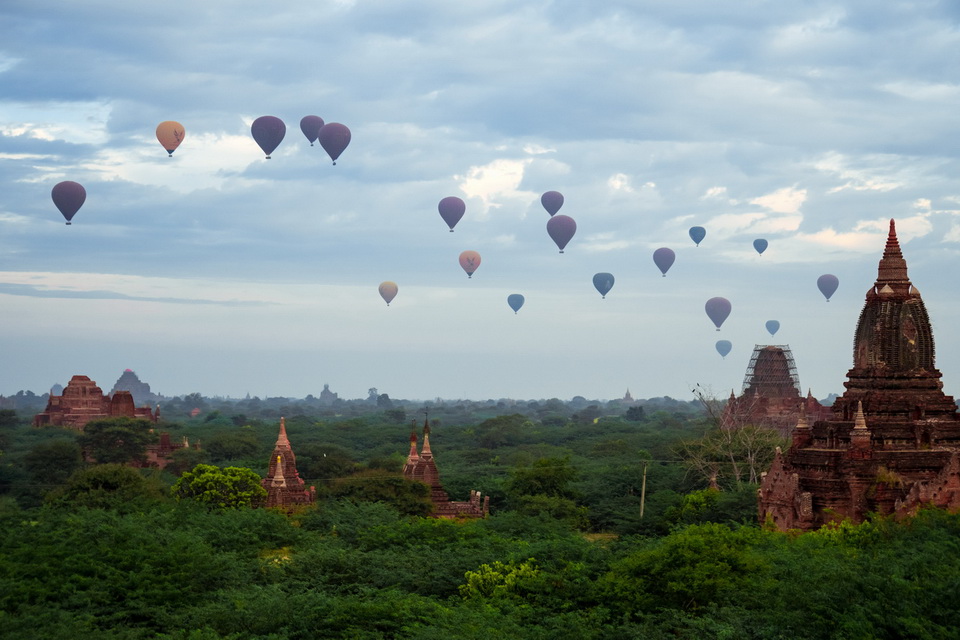
Exploring the ancient city of Bagan
Living a farmer’s life in Ibaraki Prefecture
Let’s live with farmers from the Hiroura Rural Experience Promotion Association in Ibaraki Town!
From cherry blossoms to nemophila, spring in Ibaraki is the season of flowers
Spring is the season of flowers blooming everywhere. This article would like to introduce the places ...
What's so special about experience tours in Ibaraki?
Ibaraki Prefecture is easy to reach from Haneda Airport or Narita Airport. It takes about 90 minutes ...
Where to see the most spectacular Cherry blossoms in this Spring
Spring is here, and so is the countdown to one of the most beautiful blooms of the year: Cherry blos ...
Tet and others spectacular festivals around the world in January 2020
In January 2020, Tet festival in Vietnam and others spectacular festivals around the world are color ...
The best Christmas drinks from around the world
Boozy, warming, and very indulgent – what more do you expect from a Christmas cocktail? Try one of t ...








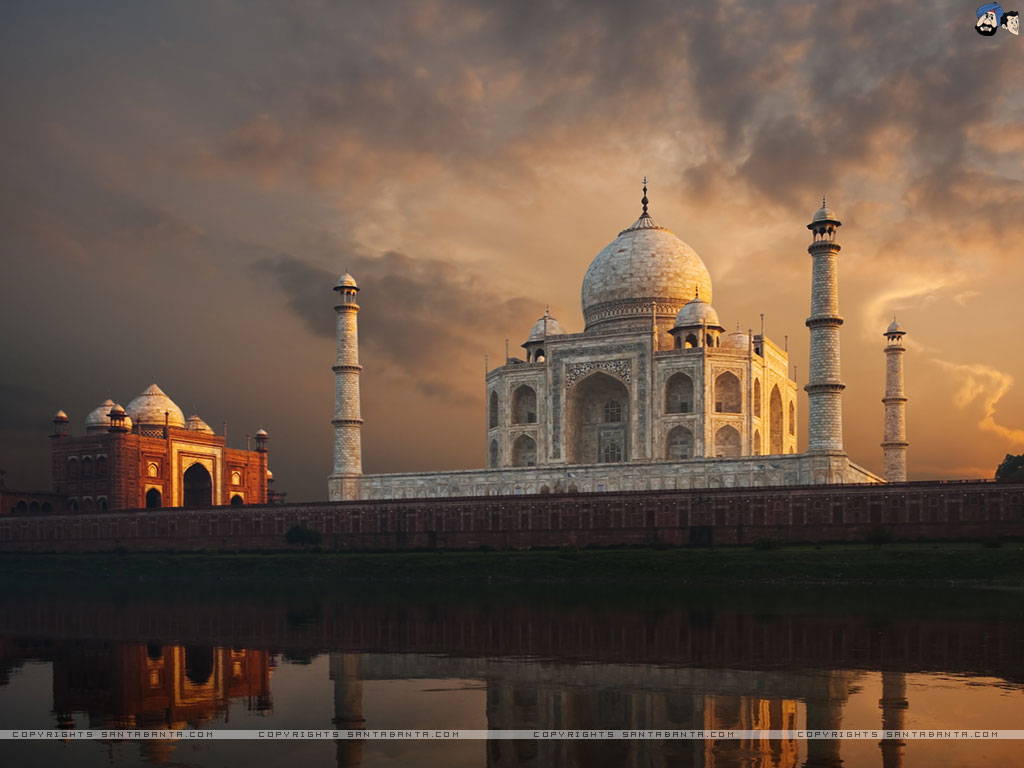
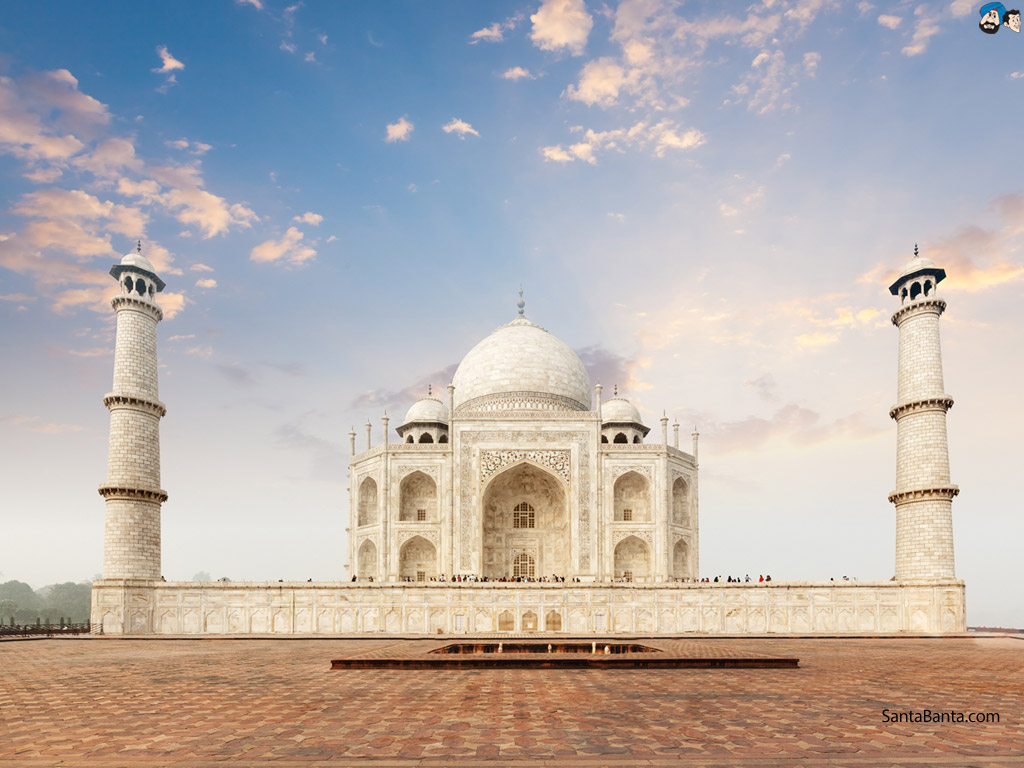
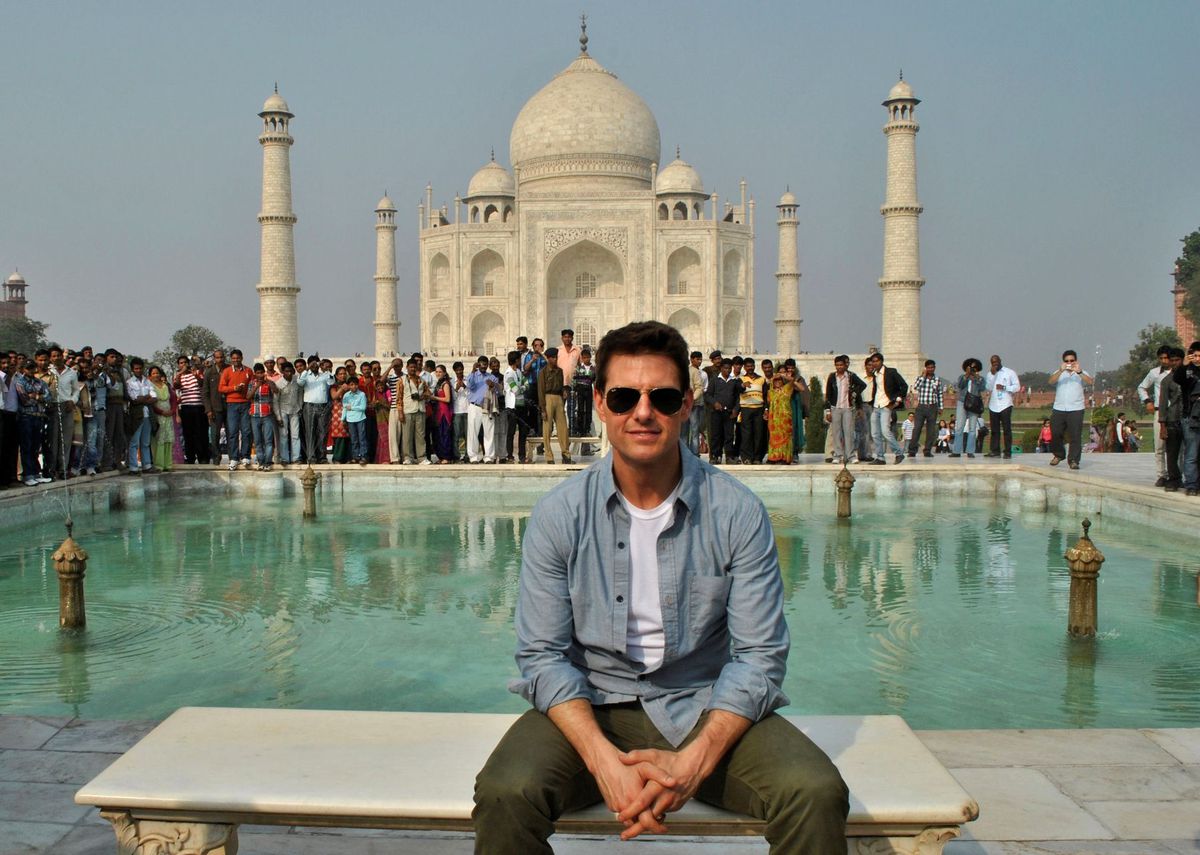
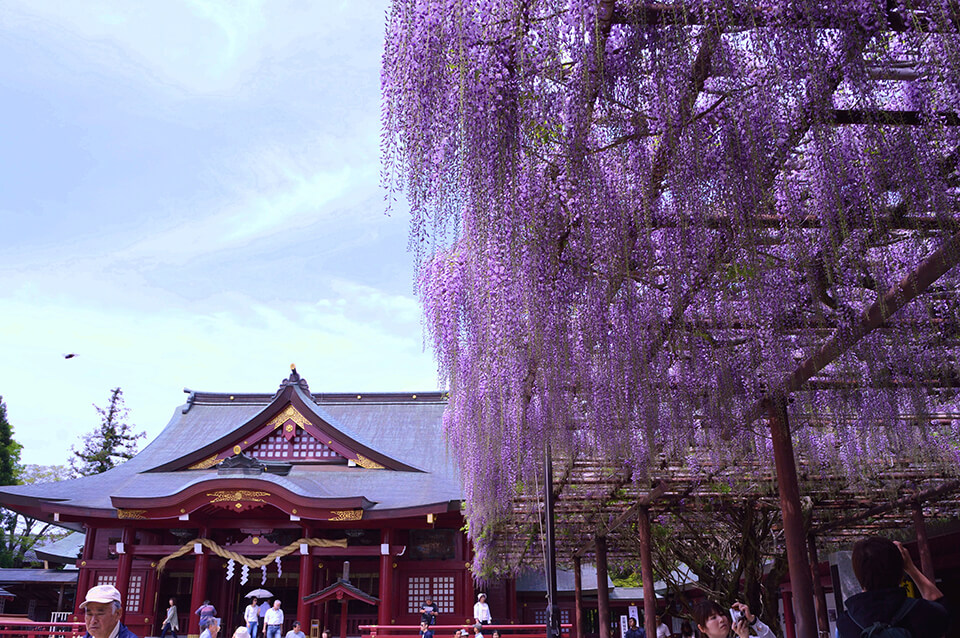
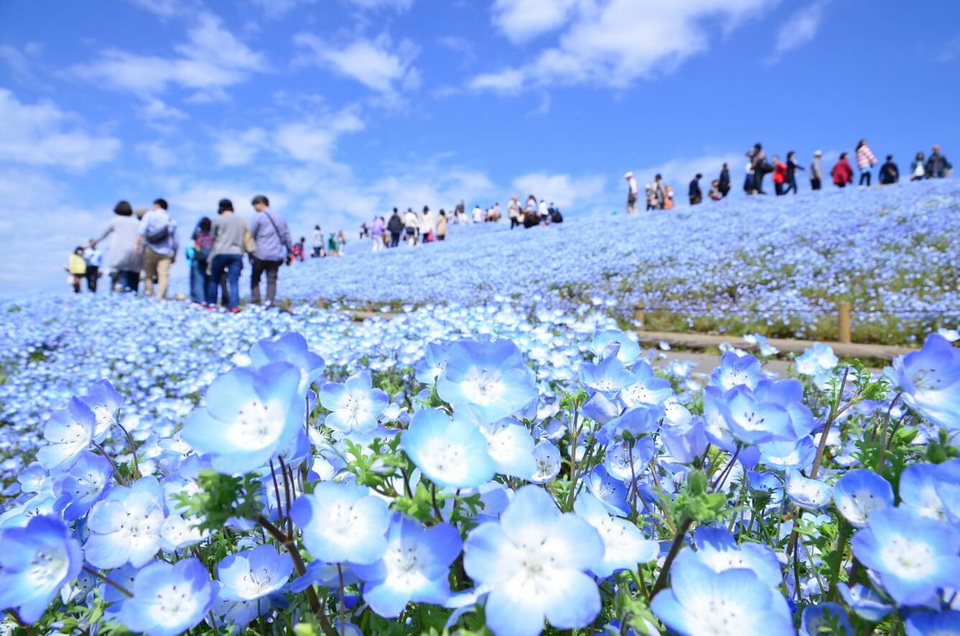
 (1).jpg)
